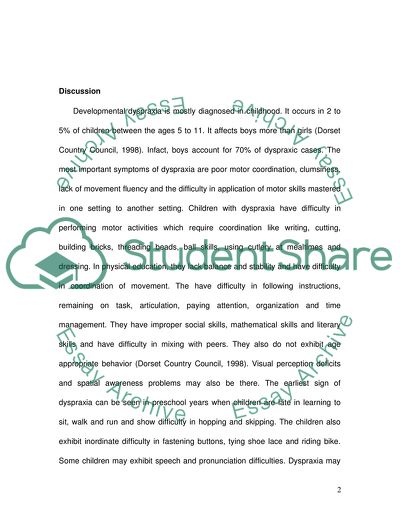Cite this document
(Dyspraxia and Issues with Physical Education Article, n.d.)
Dyspraxia and Issues with Physical Education Article. Retrieved from https://studentshare.org/health-sciences-medicine/1720995-physical-education-for-children-with-dyspraxia
Dyspraxia and Issues with Physical Education Article. Retrieved from https://studentshare.org/health-sciences-medicine/1720995-physical-education-for-children-with-dyspraxia
(Dyspraxia and Issues With Physical Education Article)
Dyspraxia and Issues With Physical Education Article. https://studentshare.org/health-sciences-medicine/1720995-physical-education-for-children-with-dyspraxia.
Dyspraxia and Issues With Physical Education Article. https://studentshare.org/health-sciences-medicine/1720995-physical-education-for-children-with-dyspraxia.
“Dyspraxia and Issues With Physical Education Article”. https://studentshare.org/health-sciences-medicine/1720995-physical-education-for-children-with-dyspraxia.


